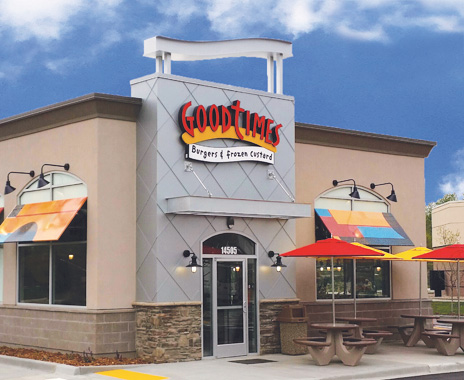For many quick-service operators, year-end is budget season. But developing meaningful numbers for the next year requires a methodical approach. Accurate historical data and relevant industry forecasts are two sides of the same coin in supporting strategic initiatives and moving the business forward in the year ahead.
“It’s about understanding where you think you’re going to come in for the current year,” says John Theuer, CFO of California-based Pizza Studio. That means everything from solidifying the timing and quantity of new store openings to knowing where labor costs are headed in the short term. “Try to get good visibility into where the balance of the year is going to pan out, because that really serves as a base for your planning.” Without accurate data, assumptions for 2016 could end up way off course.
With overall financial data for the previous and current year in hand, the organization can start looking down the road. At this point, companies can evaluate the details underpinning each line item in the budget, says Boyd Hoback, president and CEO of Good Times Burgers & Frozen Custard.
“Take a look at last year’s trends. What happened with the average check and with transactions?” Hoback says. Focusing on each trade area offers similar insight into how the past may influence the future. “What are those things that impacted us this year—positively or negatively—so we can plan accordingly as we move into next year?” Hoback says.
A number of factors influence expenditures, each of which will have an effect on next year’s budget numbers. Among many issues, Hoback says, the biggest one right now for Good Times—and the restaurant world in general—is labor. Wage trends vary by region and may be affected by legislation as well as competitive factors. Unemployment figures also affect the labor costs that a brand can expect to pay in the coming year.
Adam Berebitsky, CPA, tax partner, and co-leader of restaurant practice at the Cleveland office of accounting firm BDO, says that while businesses should look back throughout the year, the final quarter offers an opportune time for review.
When it comes to labor, Berebitsky says, operators should be aware of those costs and where they are being spent. He recommends conducting a store-performance analysis that compares all stores in a system against each other and against prior years. If resources need to be funneled into below-average stores, the new budget may offer a good opportunity to do that.
In addition to looking within the operation, restaurants can turn to others for insights. “This industry is full of good information,” Berebitsky says. A number of benchmarking surveys are available to operators and cover labor and food costs in the quick-service area, along with data on commodities and other factors that affect the bottom line.
Industry-specific information, including research conducted by the National Restaurant Association, can also offer direction on overall unit growth and anticipated sales trends for the upcoming year. Theuer’s team at Pizza Studio has used economic forecasts from other sources, too.
“We would gather the economic outlooks that the investment banks would put out, or the consensus forecast for GDP growth would maybe be a good indicator for where overall same-store sales should go,” he says. Everything from benchmarking against competitors’ publicly released financials to reviewing energy companies’ utility cost projections can help organizations develop meaningful budgets.
Despite its financial nature, the budget process requires input from disciplines outside the finance and accounting groups.
“You cannot do it in a vacuum. Owners, CFOs, and operations people all need to be at the table,” Berebitsky says. “Your people managing the kitchen and managing the operations are going to have a better sense of the labor modeling and the food costing and whatnot.” Real estate expenditures, equipment upgrades, healthcare costs, and commodity pricing and availability may all need to be taken into account.
At Good Times, all of the functional departments—marketing, development, operations, HR, and accounting—are represented during the budget development process. Hoback says the larger group goes through the strategic plan, and then each group has internal discussions that roll into a master plan with an accompanying budget. This information is then translated to the general managers across the system.
Some brands also host a target-setting discussion to widen the view. Theuer says those conversations generally start at a high level with topics including targeted top-line sales growth and bottom-line goals.
“Ideally, you want to go as broad as possible and include as much of your senior team, certainly, and your operations team especially, in the process,” Theuer says. From that point, the discussion narrows to what kinds of investments the brand wants to make.
Some of an organization’s year-end efforts will also depend on whether they’re a public company or a private company.
“Obviously, if you’re a public company, it’s all about hitting the numbers you’ve given The Street,” Theuer says.












